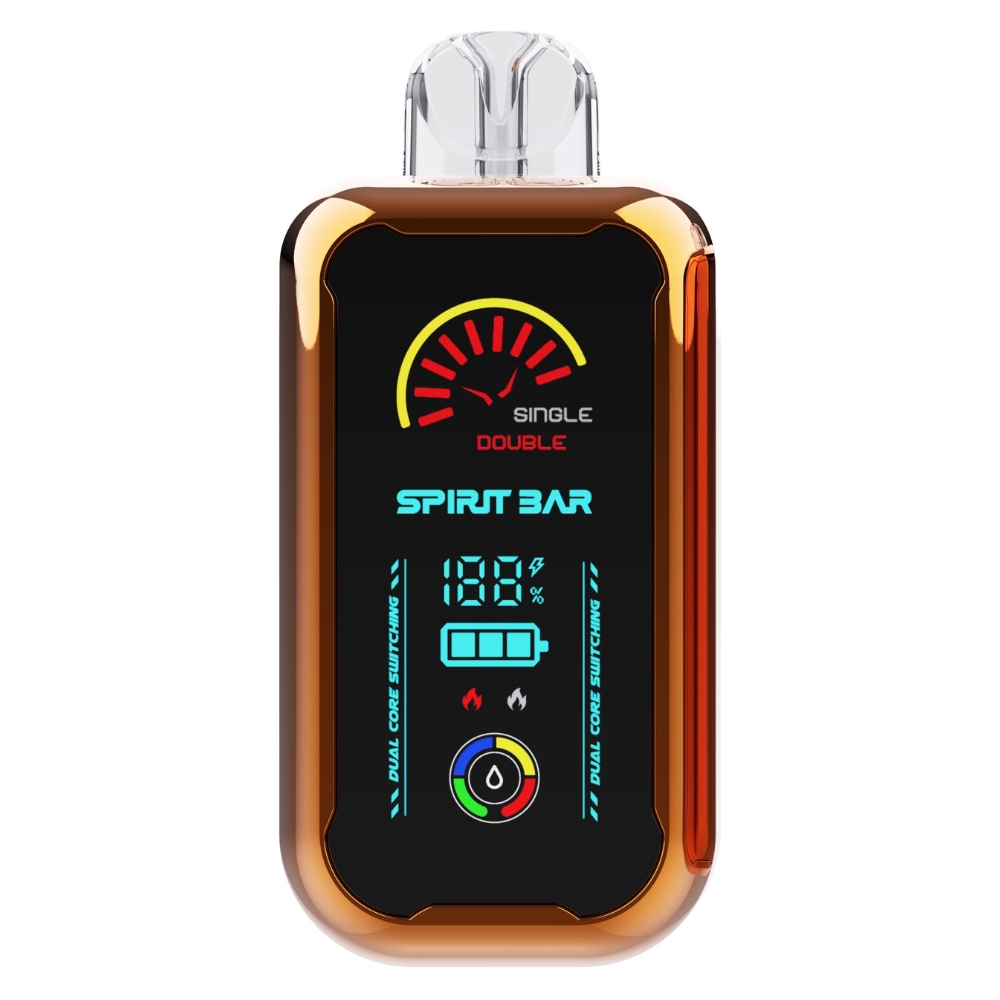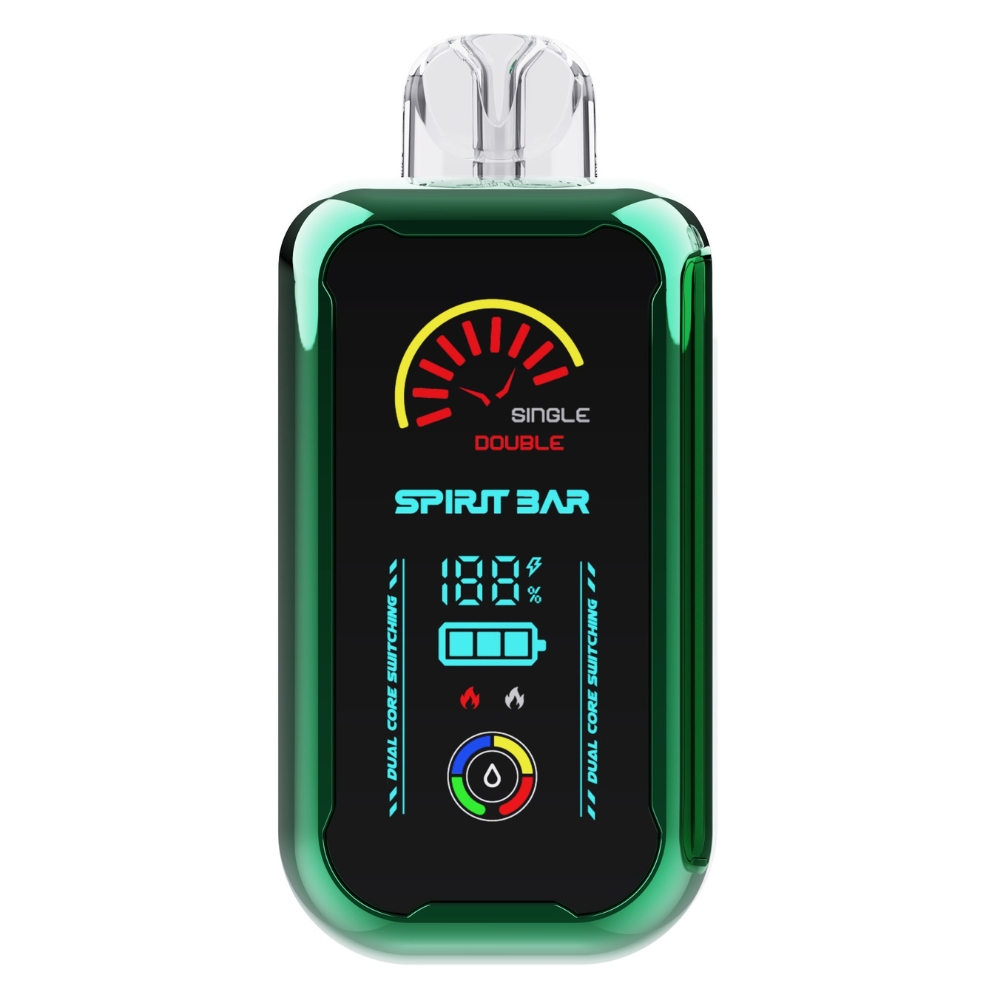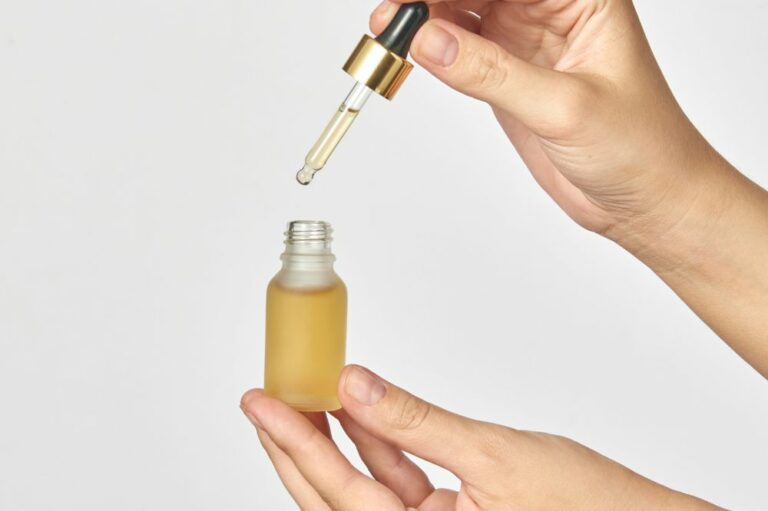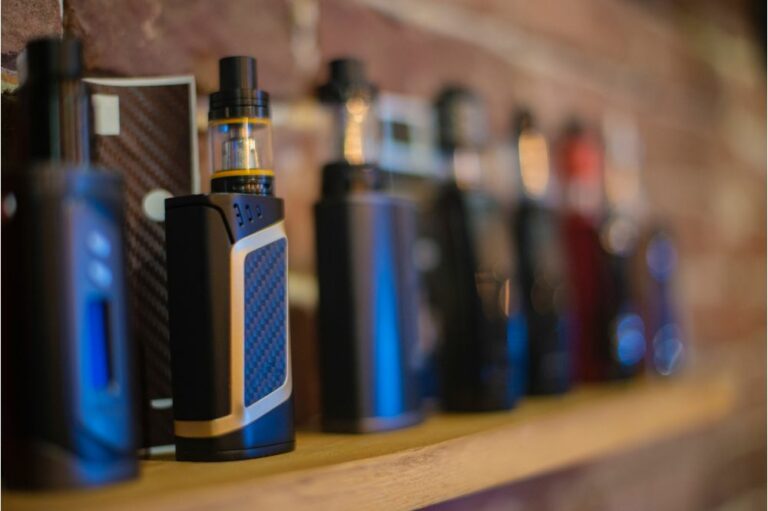Is There a Healthy Vape? Exploring the Possibilities
Are you wondering if there is a vape that is healthy? With so many different options on the market, it can be difficult to determine which vape is the safest and healthiest for you. While vaping is often considered a healthier alternative to smoking, it’s important to understand that not all vapes are created equal.
One of the biggest concerns with vaping is the potential health risks associated with inhaling chemicals and other substances. Some vapes contain nicotine, which can be addictive and harmful to your health. However, there are also non-nicotine vapes available that may be a safer option for those looking to avoid the addictive substance. Additionally, some vapes use natural ingredients and flavors, which may be a healthier choice than those with artificial ingredients.
When it comes to finding a healthy vape, it’s important to do your research and choose a reputable brand. Look for vapes that have been tested and certified by independent organizations. Additionally, consider the ingredients and chemicals used in the vape and opt for those with natural and organic ingredients when possible. While there may not be a vape that is completely healthy, taking these steps can help you make a more informed decision when choosing a vape.
Understanding Vaping
https://www.youtube.com/watch?v=FOm-6b57V6s&embed=true
Vaping is the act of inhaling and exhaling an aerosol produced by an electronic cigarette or similar device. The aerosol, commonly referred to as vapor, is produced by heating a liquid that usually contains nicotine, flavorings, and other chemicals. While vaping is often marketed as a safer alternative to smoking, it is not without risks.
One of the main concerns with vaping is that the liquid used in e-cigarettes can contain harmful chemicals. While some of these chemicals are also found in traditional cigarettes, others are unique to e-cigarettes. According to a Johns Hopkins Medicine article, some of the chemicals found in e-cigarette vapor include:
- Formaldehyde, a known carcinogen
- Acetaldehyde, a toxic irritant
- Acrolein, a respiratory irritant
- Diacetyl, a flavoring chemical that can cause lung disease
In addition to the potential harm caused by the chemicals in e-cigarette vapor, vaping can also be addictive. The liquid used in e-cigarettes usually contains nicotine, which is highly addictive. According to the National Health Service (NHS), vaping can be just as addictive as smoking.
Another concern with vaping is that it can be a gateway to smoking. While some people use e-cigarettes as a way to quit smoking, others start vaping and then move on to smoking traditional cigarettes. According to the NHS, young people who try e-cigarettes are more likely to start smoking traditional cigarettes than those who have never tried vaping.
Overall, while vaping may be marketed as a safer alternative to smoking, it is not without risks. The chemicals in e-cigarette vapor can be harmful, and vaping can be addictive and a gateway to smoking. If you are considering vaping, it is important to understand the risks and make an informed decision.
Health Implications of Vaping
https://www.youtube.com/watch?v=ygxMr2AE_bc&embed=true
Vaping has become increasingly popular in recent years, but there are still many questions surrounding its safety and health implications. Here, we will explore the short-term and long-term effects of vaping.
Short-Term Effects
When you vape, you inhale an aerosol that contains nicotine, flavorings, and other chemicals. According to Johns Hopkins Medicine, the short-term effects of vaping include:
- Increased heart rate
- Increased blood pressure
- Irritation of the mouth and throat
- Dizziness
- Nausea
- Headache
Furthermore, the Centers for Disease Control and Prevention warns that vaping can also cause lung damage and respiratory issues.
Long-Term Effects
The long-term effects of vaping are still being studied, but there are concerns that it can lead to serious health problems. According to Cleveland Clinic, the long-term effects of vaping include:
- Lung disease
- Chronic bronchitis
- Asthma
- Cardiovascular disease
- Increased risk of stroke and heart attack
- Cancer
In addition, the National Institute on Drug Abuse warns that vaping can be addictive due to the nicotine content, and can lead to the use of other tobacco products.
It’s important to note that while vaping may be marketed as a safer alternative to smoking, it still poses health risks. If you are considering vaping, it’s important to weigh the potential risks and benefits and make an informed decision.
Comparing Traditional Cigarettes and Vaping
When it comes to comparing traditional cigarettes and vaping, it’s important to note that both have their own set of risks. However, vaping is generally considered to be less harmful than smoking traditional cigarettes. Here are some key differences to keep in mind:
Chemicals
Traditional cigarettes contain over 7,000 chemicals, many of which are harmful to your health. These chemicals include tar, carbon monoxide, and various carcinogens. Vaping, on the other hand, typically involves inhaling a vapor that contains fewer chemicals than traditional cigarettes. While there are still some potentially harmful chemicals in e-cigarette vapor, the levels are generally lower than in traditional cigarette smoke.
Nicotine
Both traditional cigarettes and e-cigarettes contain nicotine, which is an addictive substance. However, e-cigarettes may contain varying levels of nicotine, and some e-liquids may not contain any nicotine at all. This means that you can choose e-liquids with lower nicotine levels or even opt for nicotine-free e-liquids if you’re trying to quit nicotine altogether.
Secondhand Smoke
Traditional cigarette smoke is harmful not only to the smoker, but also to those around them. Secondhand smoke can cause a range of health problems, including lung cancer, heart disease, and respiratory issues. Vaping, on the other hand, produces vapor that dissipates quickly and is less likely to affect those around you.
Long-Term Health Effects
While both traditional cigarettes and vaping can have negative health effects, the long-term health effects of vaping are not yet fully understood. However, research generally accepts that while vaping can harm the lungs and other bodily systems, its impact is much less than tobacco smoking [1].
Overall, while vaping is not completely risk-free, it is generally considered to be a less harmful alternative to traditional smoking. However, if you’re trying to quit smoking altogether, it’s important to talk to your healthcare provider about the best options for you.
[1] Vaping vs. smoking: Long-term effects, benefits, and risks
Exploring ‘Healthy’ Vape Alternatives
If you’re looking for a healthier alternative to traditional vaping, there are a few options available. Here are two types of ‘healthy’ vape alternatives you might consider:
Nicotine-Free Vapes
Nicotine-free vapes, also known as zero-nicotine vapes, are a great option for those who want to avoid nicotine altogether. These vapes use a flavored e-liquid that does not contain any nicotine. Some of the most popular flavors include fruit, candy, and dessert flavors.
One thing to keep in mind is that while nicotine-free vapes may be a healthier alternative to traditional vaping, they are not completely risk-free. The long-term effects of inhaling flavored e-liquids are still largely unknown.
Herbal Vapes
Herbal vapes use natural herbs and botanicals instead of e-liquid to produce vapor. These vapes are typically used for aromatherapy or relaxation purposes, and can provide a variety of benefits depending on the herbs used.
Some of the most popular herbs used in herbal vapes include chamomile, lavender, and peppermint. These herbs are known for their calming and relaxing properties, and can be a great alternative to traditional vaping.
It’s important to note that while herbal vapes are often marketed as a healthier alternative to traditional vaping, there is still some risk involved. Inhaling any type of vapor can be harmful to your lungs, so it’s important to use herbal vapes in moderation.
Overall, while there are some healthier alternatives to traditional vaping available, it’s important to remember that no type of vaping is completely risk-free. If you’re looking to quit smoking or vaping altogether, it’s best to talk to your doctor about the best options for you.
The Role of Regulation in Vaping Health
When it comes to vaping, there is no clear-cut answer to whether or not it is healthy. However, regulation can play a significant role in ensuring that vaping is as safe as possible. Here are a few ways that regulation can impact vaping health:
1. Quality Control
Regulation can ensure that the ingredients used in vape products are safe and of high quality. This includes regulating the nicotine content, flavorings, and other additives used in vape liquids. By ensuring that these substances are safe, regulation can help reduce the risk of adverse health effects.
2. Age Restrictions
Regulation can help prevent underage vaping by imposing age restrictions on the sale of vape products. This can help reduce the number of young people who start vaping and potentially become addicted to nicotine.
3. Advertising Restrictions
Regulation can also limit the marketing and advertising of vape products, particularly to young people. This can help reduce the appeal of vaping to young people and prevent them from starting to use vape products.
4. Product Safety Standards
Regulation can also impose safety standards on vape products, such as requirements for child-resistant packaging and testing for harmful substances. This can help reduce the risk of accidental ingestion or exposure to harmful substances.
Overall, regulation can play a crucial role in ensuring that vaping is as safe as possible. While it may not be possible to completely eliminate all risks associated with vaping, regulation can help reduce those risks and protect public health.





